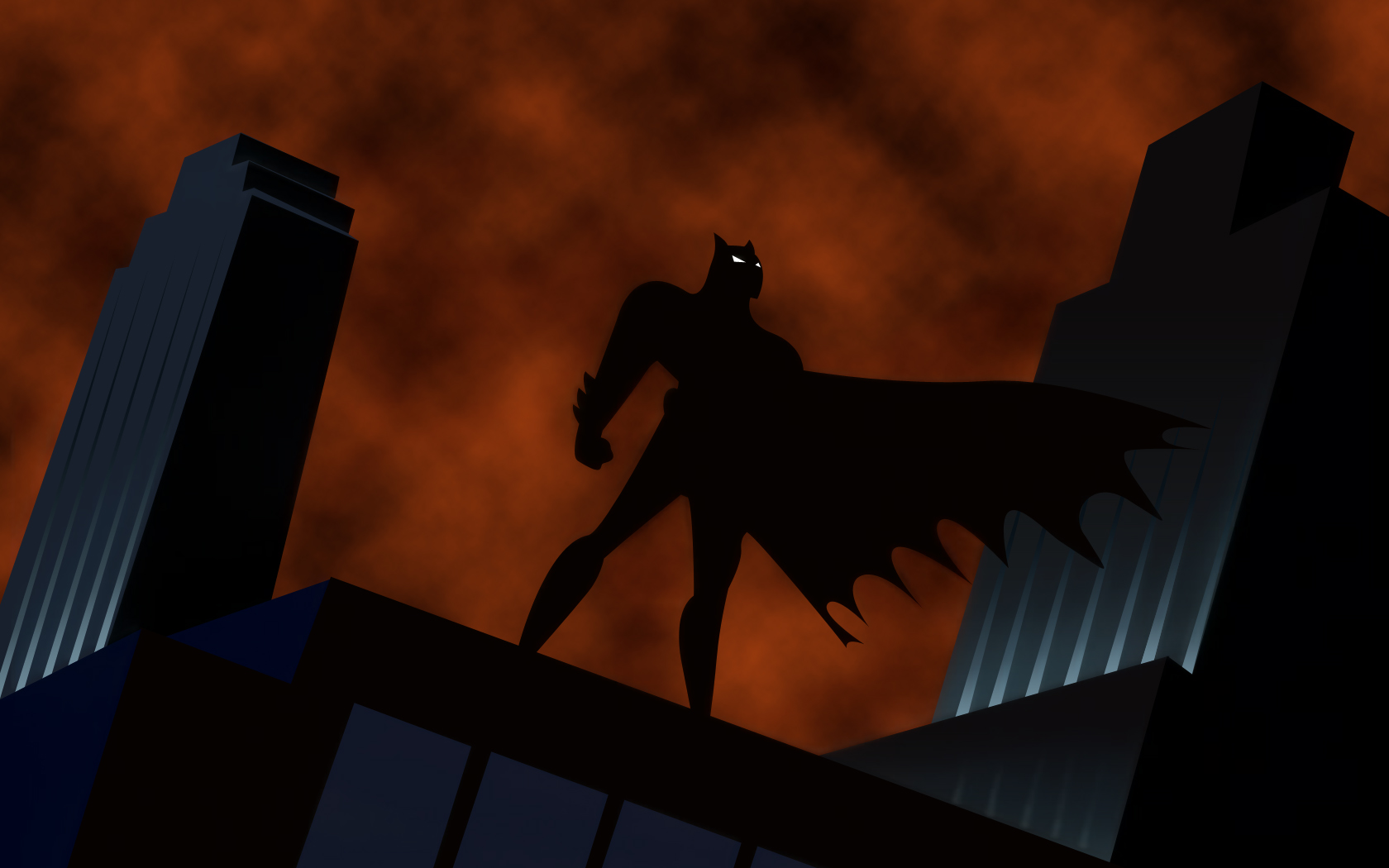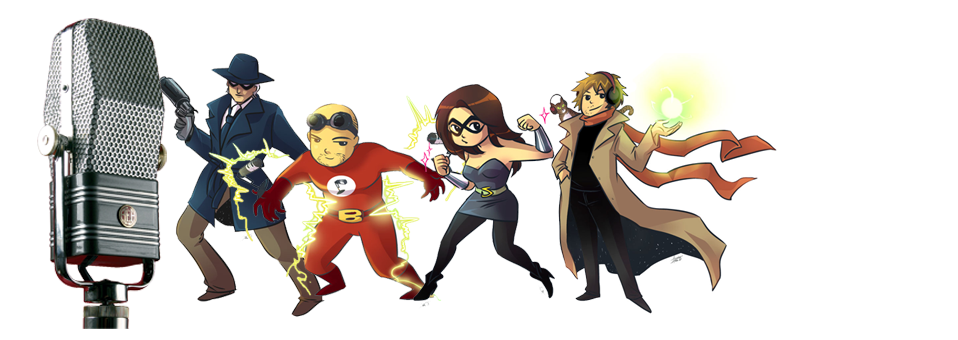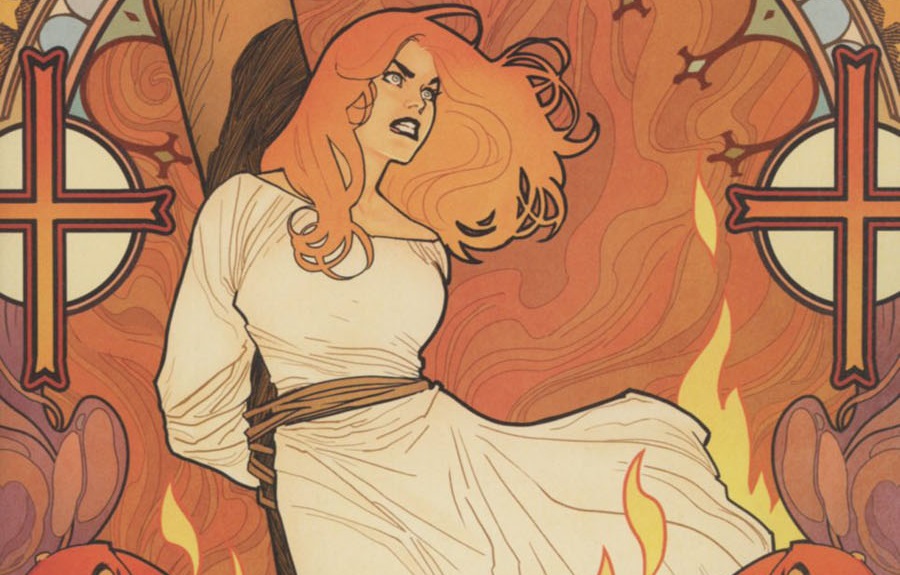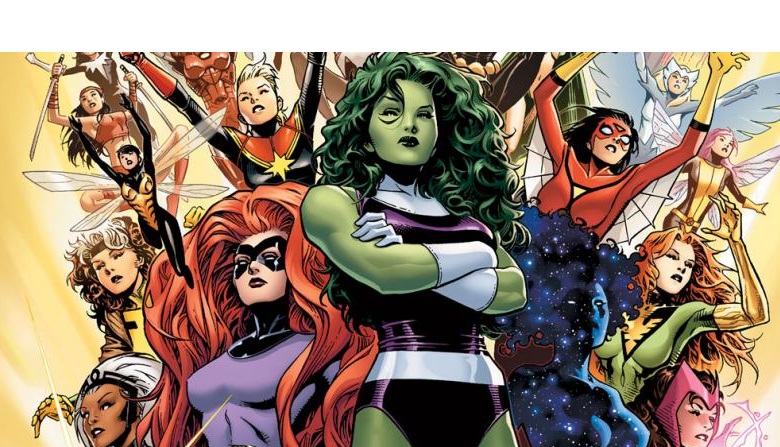 It’s Never Too Late
It’s Never Too Late
Directed by: Boyd Kirkland
Written by: Tom Ruegger and Garin Wolf
Original Air Date: September 10th 1992
Synopsis: [From IMDB: Here]: Batman intervenes in a gang war and tries to convince the older of two rival bosses to change his ways.
As seen on previous episodes such as P.O.V. and The Forgotten, one of the many aspects that made Batman: The Animated Series so unique, as it was not afraid to tell stories that didn’t include members of the character’s infamous rogues gallery. It’s Never Too Late is another example of this trend, and while it might not be the most memorable episode for younger viewers, for more mature audiences there is a lot to be surprised by.

Delving into the Gotham underworld, this episode plays like a classic gangster film, with nods to such previous cinematic classics as The Godfather (1972) and Angels with Dirty Faces (1938). Rather than dealing with any colourful super criminal, the episode focuses on the character of Arnold Stromwell, an aging ganglord whose criminal empire is coming under threat from Rupert Thorne (previously seen in Two-Face Parts 1&2). After foiling an assassination attempt on his life, Batman channels his inner ‘Ghost of Christmas past’ to reach out to Stromwell and get him to hand himself over to the police.
While It’s Never too Later also provides viewers with the standard Batman vs the gangsters storyline (there are still some great fight sequences with Batman facing off against Thorne and his men), at its core, it’s a typical redemption story. More specifically(for better or worse), the episode makes particular reference to christian theology and moralism. In Batman’s quest to rehabilitate Stromwell, we see christian concepts of forgiveness and redemption, particularly when he enlists the help of Stromwell’s brother Michael (now a priest) to help save his brother’s soul. In the final shot, we finally get a lingering shot of the Gotham City Cathedral, perhaps indicating Stromwell’s turn towards the light. While this may not be for every viewer (and could even be percieved as problematic by some), there is nevertheless something to be admired about the courage of the writers to include this, something that if only in terms of content, only enriches the material on show.
This is not the only mature themes on show here within the episode. To makeStromwell to change his ways, Batman makes him face the issues his criminal activities are causing in Gotham City. He takes him to a drug rehabilitation clinic, where Stromwell’s own son (who was previously thought missing) has been recuperating after an overdose. Drug abuse, an obvious taboo within children’s animation, is here handled incredibly sensitively and delicately, using it not only to hammer home a moralistic message, but to also play a part in Stromwell’s own path to salvation.

Likewise, the characterisation that the writers instill within Stromwell provides a more complex character who doesn’t follow the standard cliches that are sometimes replayed within many animated television programmes. Stromwell is both a violent and selfish criminal, while also being conflicted and empathetic. He’s searching for his son (who he initially believes has been stolen from him by Thorne) and is also traumatised by haunting flashbacks from his childhood.
This complexity is expertly performed by Eugene Roche who adds a degree of pathos and trauma to the character, making him more than a stereotypical crimeboss. His later repentance for his crimes is also not necessarily straight-forward, as would be the case in many more ‘lesser’ television series. Rather than simply be changed straight-away, Stromwell attempts to resist Batman’s attempts to reform him. It’s this willingness not to shirk away from difficult or more complex stories that again demonstrates what separates this series from so many others.

Alongside this multi-faceted characterisation, It’s Never Too Late also boasts some great animation with some of the series most effective set-pieces to date. The flashback scenes particularly standout from the rest. Coloured in a bronze hue, the flashbacks show a young Arnold and Michael playing on the train tracks only to get caught by an oncoming train. It’s a hugely effective and tense sequence, with the beautifully animated train looking ominous as it charges through the smoke like a juggernaut. Not only this, the musi in It’s Never Too Late is among the best in the series so far. Here, Shirley Walker and her team compose a dramatic score that gets across the trauma at the core of Arnold Stomwell’s character. Its a high point and hugely effective particularly when placed within Stromwell’s larger storyarc.
Ultimately, there’s a lot to like about It’s Never to Late, particularly for older people revisiting Batman: The Animated Series. While perhaps not as memorable as such classics as Two-Face, On Leather Wings and The Laughing Fish, It’s Never Too Late is still a very good episode. Unconventional and willing to push boundaries, it is these types of episode that have allowed Batman: The Animated Series to acquire its reputation as one of the best animated programmes of all-time. It goes to show that if you look further, beyond the standard super villain fare, there are still small treasures to be found.











